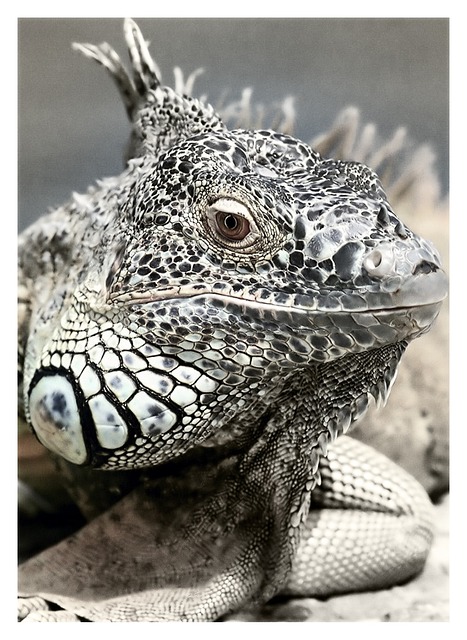Animals, in their myriad forms, continue to captivate human curiosity and play a pivotal role in Earth’s ecosystems. This article delves into the fascinating world of animal life, exploring diverse ecosystems, intricate behaviors, and the evolutionary trajectories that shape them. From the vast habitats they inhabit to the critical role they play in maintaining ecological balance, animals are not only a testament to nature’s creativity but also integral to the health of our planet. We will examine the adaptations that enable their survival, the communication and social structures that govern their interactions, and the impact of environmental changes on their future. Join us as we traverse the animal kingdom, uncovering its mysteries and understanding the importance of conservation in preserving this rich tapestry of life for generations to come.
The Diverse Ecosystems of Animal Life: An Overview
Animals occupy a multitude of diverse ecosystems across the globe, each presenting unique challenges and opportunities for survival. From the vast oceans teeming with marine life to the dense forests where terrestrial species thrive, the range of habitats is as varied as the creatures that inhabit them. In aquatic environments, organisms like whales, sharks, and coral reef inhabitants have adapted to a world without firm ground beneath their feet, developing specialized senses and physiological traits to navigate and survive in this liquid domain. On land, animals from the tiny ant to the majestic elephant demonstrate remarkable adaptations to their terrestrial habitats, ranging from the arid deserts of Africa to the frosty tundras of the polar regions. Each ecosystem is a complex web of interdependent life forms, where species have co-evolved to fill specific ecological roles. This intricate network not only sustains individual species but also ensures the overall health and vitality of their respective environments. The study of these interactions is crucial for understanding the dynamics of biodiversity and the importance of conservation efforts to preserve the rich tapestry of animal life on our planet.
– Habitats and Adaptations: Understanding the Variety of Animal Niches
Animals occupy a myriad of ecological niches, each shaped by their unique adaptations to environmental conditions. These habitats range from the dense rainforests of the Amazon to the arid deserts of Africa, from the frigid polar regions to the depths of the ocean. Each environment poses distinct challenges, necessitating specialized traits that allow animals to survive and thrive. For instance, the giraffe’s long neck and tongue enable it to reach high leaves in trees, a trait perfectly adapted to its savannah habitat. Similarly, polar bears possess thick insulating fur and blubber, critical for retaining body heat in the icy expanses of the Arctic. In the oceanic depths, bioluminescent traits in certain species like anglerfish serve as both a lure for prey and a form of camouflage from predators, showcasing nature’s intricate design to accommodate the spectrum of life forms. These adaptations are not merely incidental; they are the product of millions of years of evolution, finely tuned to ensure animals maintain their place within these diverse ecosystems. The study of animal habitats and adaptations is a testament to the complexity and resilience of life on Earth, offering insights into the delicate balance that sustains biodiversity.
– The Role of Animals in Ecosystem Balance
Animals play a pivotal role in maintaining the delicate balance within ecosystems across the globe. They are integral components of their respective habitats, influencing the structure and dynamics of those environments through various ecological functions. As keystone or top predators in many ecosystems, they help control populations of other species, preventing overgrazing or overbrowsing which can lead to habitat degradation. In terrestrial environments, animals such as beavers affect water flow and availability by altering river courses, while others like earthworms enhance soil fertility through their feeding activities. In aquatic systems, fish and shellfish contribute to nutrient cycling and water purification through their roles as filter feeders. The loss of any keystone species can disrupt the balance and lead to cascading effects that can ultimately compromise the health of entire ecosystems. Therefore, understanding and preserving the interactions between animals and their environments is crucial for maintaining biodiversity and ecological integrity.
